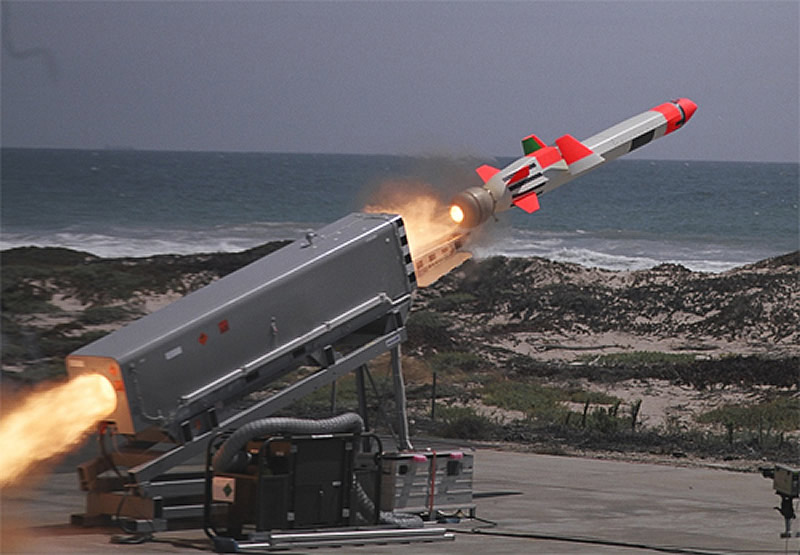Given the increased need to operate in the littorals and the litany of land and sea based threats posed to naval warships, it is imperative that surface combatants have sufficient firepower to protect themselves, friendly vessels and coastal targets they may be protecting. One way of accomplishing this task is through the use of anti-ship cruise missiles (ASCMs). If Canada wants its future Single Class Surface Combatant vessels to be capable of effectively operating in the littorals then intellectual energy and capital must be invested in thinking about a replacement for the Harpoon missile currently used by the Royal Canadian Navy (RCN).
Of Canada’s fifteen surface combatants, only twelve have anti-ship missiles installed. These vessels are each equipped with eight American-made Harpoon missiles. The Harpoon, first introduced in 1977, has been progressively upgraded. In its latest variant, it has greater range, an improved guidance system, and limited littoral (coastal) targeting capability. Despite this, Harpoon’s range is insufficient for facing off capable adversaries who have adopted anti-ship missiles of increasing range and sophistication. Moreover, like all in-service Western ASCMs, Harpoon’s design does not make use of two possible ways of increasing the likelihood of destroying an enemy vessel: ‘stealth’ and supersonic flight.

For various reasons, Western navies have never brought into service ASCMS capable of supersonic flight, such as Russian 3M55 ‘Oniks’, or systems capable of terminal supersonic flight, such as the Russian 3M54 ‘Klub’. Instead, after a long lag in this field, two new systems from NATO countries provide extremely sophisticated guidance systems and ‘stealthy’ airframes. If Canada seeks an ASCM capable of defending RCN vessels and coastal sites they are attempting to protect, then the Norwegian Naval Strike Missile (NSM) and the American Long-Range Anti-Ship Missile (LRASM) are the two existing systems to look at.
The first system, the Norwegian NSM, is a brand new design that is in service with two NATO member states’ militaries: Norway and Poland. While the system is subsonic and has a stated range of “185km+”, it has an extremely sophisticated guidance system. This guidance system makes it a passive system (as it has no radar, it emits no radar signatures) and allows the system to have a littoral land-attack capability – an extremely useful asset for warships in the littorals that are themselves targeted by enemy land-based ASCMs. Moreover, a Norwegian manufacturer has developed a modified version of the NSM known as the Joint Strike Missile (JSM). The JSM will have over 280km range and is an air-launched missile capable of destroying enemy vessels or targets deep in enemy territory. The JSM will be integrated for internal carriage by the F-35 stealth fighter aircraft, an aircraft the Canadian Forces is likely to procure along with many NATO allies. This allows for reduced expenditures through commonality of systems for Royal Canadian Air Force (RCAF) and RCN platforms. A significant downside, however, is that the NSM cannot be launched from vertical launch systems (VLS). This is a major drawback for the RCN as previously discussed, but compromise is possible.
Canada’s sole current anti-ship cruise missile system, the Harpoon, is growing long in the tooth. With the RCN working on its future naval surface combatant, alongside discussions on growth margins, it is imperative that the navy look at the latest in anti-ship cruise missiles. Given the concurrent increasing demand for, and lethality of operations in the littorals, an effective RCN needs a new anti-ship missile. The Naval Strike Missile and the Long Range Anti-Ship Missile are two existing Western missiles that meet that requirement.




